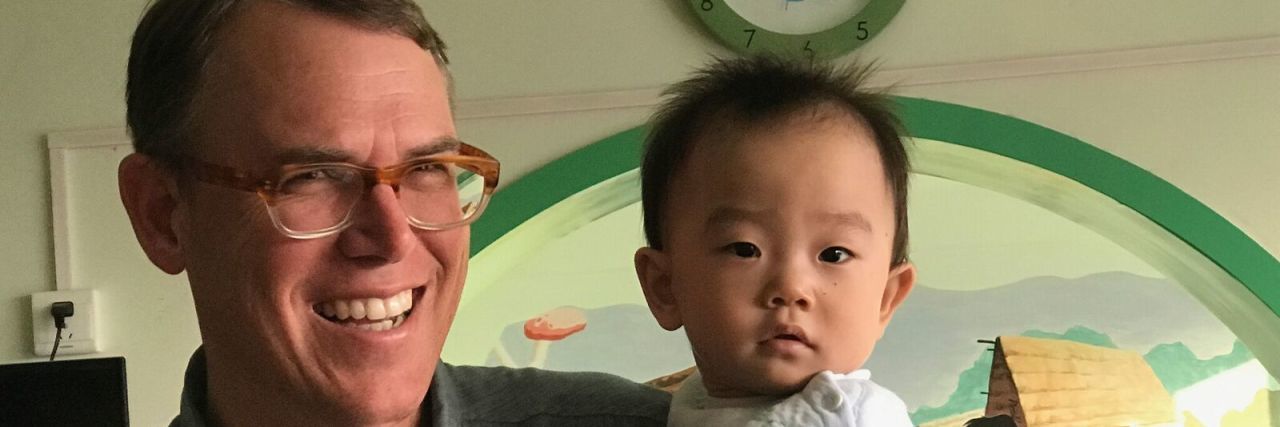For years, Dr. Philip Frykman has helped save the lives of babies born with serious birth defects. As Associate Director of Pediatric Surgery at Cedars-Sinai Medical Center in Los Angeles, Frykman specializes in anorectal malformation (ARM), a rare but devastating condition in which a child is born with a malformed rectum blocking its pelvis and sphincter complex. When a baby can’t do what babies do best – dirty diapers – corrective surgery must happen fast and with the utmost precision. The baby’s survival is at stake. “If the infant is not treated within, at the latest, four days, they’ll end up getting septic and die,” Frykman says.
For decades, corrective surgery for ARM has been expensive, intricate and dependent on a very specific piece of technology – an expensive muscle stimulator that allows surgeons to identify the location and size of each muscle in an infant’s tiny GI tract. Without the device, surgeons risk permanently damaging the infant’s intestine and muscles for fecal continence in their attempt to repair it. The alternative is less risky and invasive, but requires the child to wear a colostomy bag. Life with a colostomy bag isn’t easy for anyone, especially a little kid.
Frykman and anesthesiologist Dr. Keith Kimble wondered if they could create an equally effective stimulator all hospitals could afford. They traded in their white coats and scrubs for books on product design, created a prototype, and put it to work. Not only was their device far cheaper than the current stimulator, it worked better. These little patients went on to live happy, normal lives without debilitating side effects or stigma.
With support from Mending Kids, Frykman and his team began traveling regularly to China and Africa, performing these operations for free, and receiving new requests for the device from other parts of the world, including right here in the U.S.
Then last year, the stimulator Frykman was hoping to replace suddenly ceased production, leaving surgeons in the U.S. in a similar predicament. Since Frykman’s stimulator has not received regulatory approval, surgeons in the U.S. can’t use it either. With a small amount of funding, however, Frykman can complete the necessary tests and have the stimulator in hospitals across the United States in as little as two years. The device just needs to make it out of the “valley of death” in science. If you’d like to help, please visit Halo Cures.

